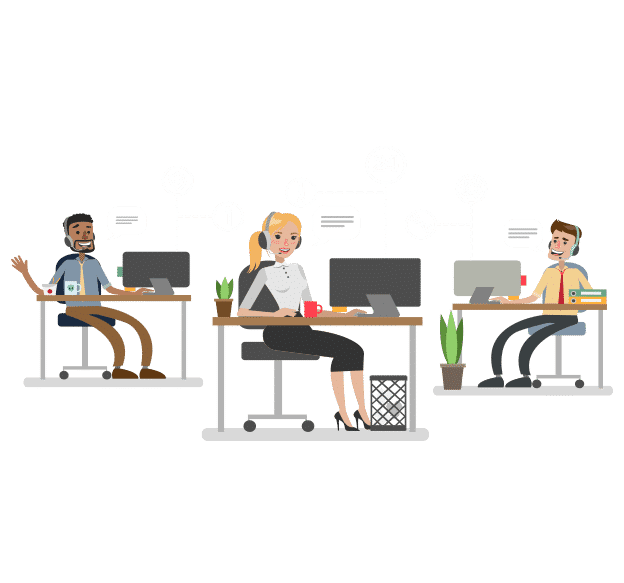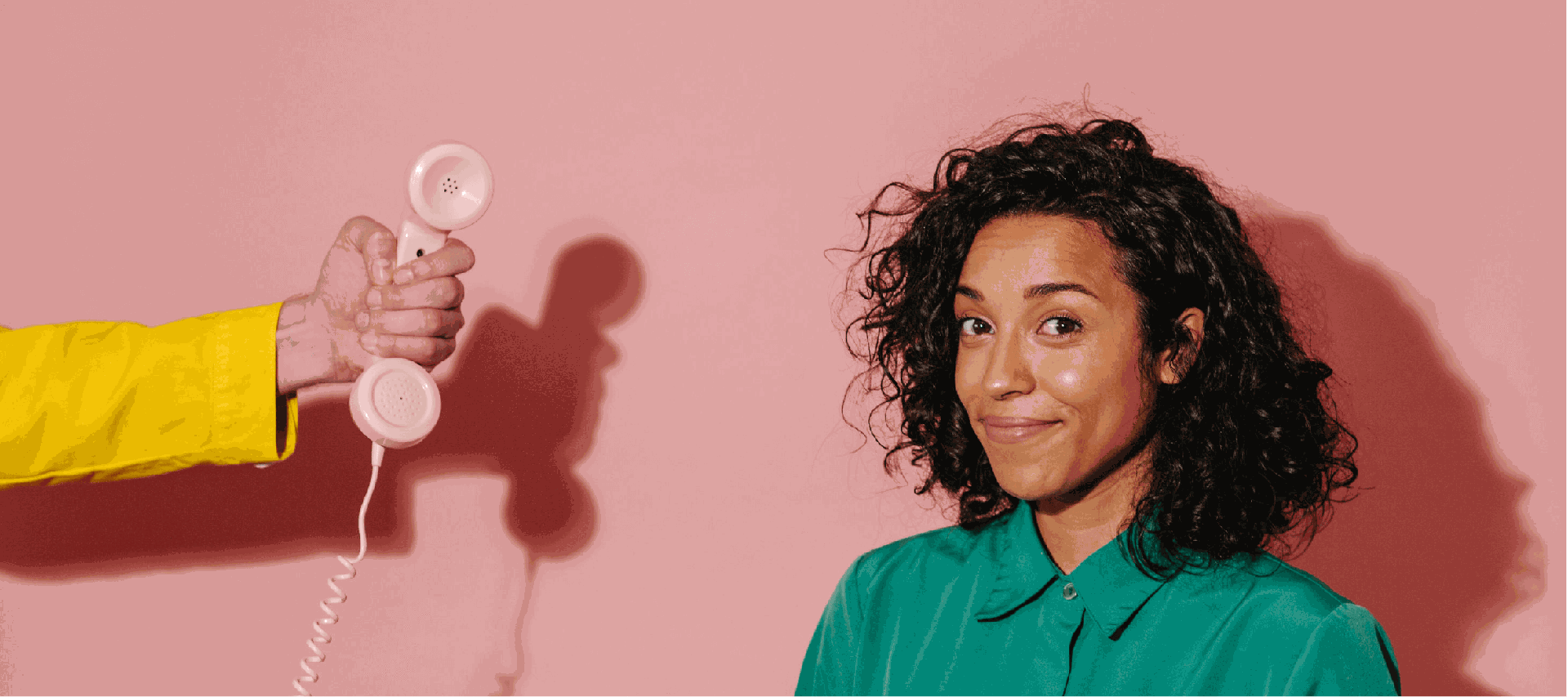All Categories
Featured
Table of Contents
- – What Is The Best 10 Sectors That Can Benefits F...
- – What Is The Best What To Look For In A Phone A...
- – How Much Does Top Answering Service In Austral...
- – What Is The Best 10 Sectors That Can Benefits...
- – Which Brand Of What Is A Phone Answering Serv...
- – Who Has The Best How Answering Services Work?
What Is The Best 10 Sectors That Can Benefits From A Phone Answering Service To Get
This gadget and its followers were created by Sava Jacobson, an electrical engineer with a private consulting company. While early voice mail utilized magnetic tape innovation, the majority of modern-day devices utilizes solid state memory storage; some gadgets utilize a mix of both, with a solid-state circuit for the outbound message and a cassette for the incoming messages.
"toll saving" listed below) (telephone answering service). This is helpful if the owner is evaluating calls and does not wish to talk to all callers. In any case after going, the calling party should be informed about the call having actually been addressed (most of the times this starts the charging), either by some remark of the operator, or by some welcoming message of the little, or resolved to non-human callers (e.
This holds especially for the TADs with digitally kept greeting messages or for earlier machines (before the rise of microcassettes) with an unique limitless loop tape, separate from a 2nd cassette, devoted to recording. There have been answer-only devices with no recording abilities, where the greeting message had to inform callers of a state of present unattainability, or e (phone answering service).
What Is The Best What To Look For In A Phone Answering Service For Your ... To Buy Right Now

about schedule hours. In recording Little bits the welcoming typically includes an invite to leave a message "after the beep". An answering machine that uses a microcassette to record messages On a dual-cassette answerphone, there is an outgoing cassette, which after the defined number of rings plays a pre-recorded message to the caller.

Single-cassette voice mail contain the outbound message at the start of the tape and inbound messages on the staying space. They initially play the statement, then fast-forward to the next readily available space for recording, then record the caller's message. If there are lots of previous messages, fast-forwarding through them can trigger a substantial delay.
This beep is typically referred to in the greeting message, requesting that the caller leave a message "after the beep". Little bits with digital storage for the taped messages do not show this hold-up, of course. A little may provide a remote control facility, where the answerphone owner can call the home number and, by entering a code on the remote telephone's keypad, can listen to recorded messages, or erase them, even when far from house.
How Much Does Top Answering Service In Australia - 2023 Reviews Service Cost?

Therefore the maker increases the number of rings after which it addresses the call (generally by 2, resulting in 4 rings), if no unread messages are currently stored, however responses after the set number of rings (normally 2) if there are unread messages. This permits the owner to find out whether there are messages waiting; if there are none, the owner can hang up the phone on the, e.
Some machines likewise enable themselves to be from another location triggered, if they have been switched off, by calling and letting the phone ring a certain a great deal of times (usually 10-15). Some service companies abandon calls currently after a smaller variety of rings, making remote activation impossible. In the early days of TADs a special transmitter for DTMF tones (dual-tone multi-frequency signalling) was regionally required for remote control, given that the formerly utilized pulse dialling is not apt to convey proper signalling along an active connection, and the dual-tone multi-frequency signalling was implemented step-by-step.
Any incoming call is not identifiable with respect to these properties in advance of going "off hook" by the terminal equipment. So after going off hook the calls must be switched to appropriate gadgets and only the voice-type is immediately available to a human, however maybe, however should be routed to a TAD (e.
What Is The Best 10 Sectors That Can Benefits From A Phone Answering Service
What if I informed you that you do not have to really choose up your device when answering a customer call? Somebody else will. So hassle-free, best? Addressing phone calls does not need somebody to be on the other end of the line. Effective automated phone systems can do the trick just as effectively as a live representative and sometimes even better.
An automatic answering service or interactive voice reaction system is a phone system that communicates with callers without a live person on the line - virtual telephone answering. When companies use this technology, consumers can get the answer to a question about your company merely by utilizing interactions established on a pre-programmed call flow.
Although live operators upgrade the client service experience, many calls do not need human interaction. An easy recorded message or directions on how a customer can obtain a piece of info generally fixes a caller's immediate requirement - answering service. Automated answering services are an easy and efficient way to direct inbound calls to the best person.
Which Brand Of What Is A Phone Answering Service, And How Does It Work? Is The Best?
Notification that when you call a business, either for assistance or item questions, the very first thing you will hear is a pre-recorded voice welcoming and a series of options like press 1 for customer care, press 2 for questions, and so on. The pre-recorded choices branch out to other options depending upon the consumer's choice.
The phone tree system assists direct callers to the ideal person or department using the keypad on a smart phone. In some instances, callers can utilize their voices. It deserves noting that auto-attendant choices aren't restricted to the ten numbers on a phone's keypad. Once the caller has picked their first option, you can create a multi-level auto-attendant that uses sub-menus to direct the caller to the right type of support.
The caller does not need to communicate with an individual if the auto-attendant phone system can handle their concern. The automated service can path callers to an employee if they reach a "dead end" and require support from a live agent. It is costly to work with an operator or executive assistant.
Who Has The Best How Answering Services Work?
Automated answering services, on the other hand, are significantly more economical and offer significant expense savings at approximately $200-$420/month. Even if you do not have dedicated staff to handle call routing and management, an automatic answering service improves efficiency by enabling your team to concentrate on their strengths so they can more effectively spend their time on the phone.
A sales lead routed to client service is a lost shot. If a customer who has item questions reaches the wrong department or receives insufficient answers from well-meaning staff members who are less trained to manage a specific type of concern, it can be a reason for frustration and frustration. An automatic answering system can decrease the number of misrouted calls, thereby assisting your workers make better usage of their phone time while maximizing time in their calendar for other tasks.
With Automated Answering Systems, you can create an individualized experience for both your staff and your callers. Make a recording of your primary welcoming, and just update it routinely to reflect what is going on in your company. You can develop as lots of departments or menu alternatives as you want.
Table of Contents
- – What Is The Best 10 Sectors That Can Benefits F...
- – What Is The Best What To Look For In A Phone A...
- – How Much Does Top Answering Service In Austral...
- – What Is The Best 10 Sectors That Can Benefits...
- – Which Brand Of What Is A Phone Answering Serv...
- – Who Has The Best How Answering Services Work?
Latest Posts
Answering Services For Small Businesses
Automated Answering Service – Southport 4215
Leading Auto-attendant Answering Service Near Me – Brisbane 4066
More
Latest Posts
Answering Services For Small Businesses
Automated Answering Service – Southport 4215
Leading Auto-attendant Answering Service Near Me – Brisbane 4066